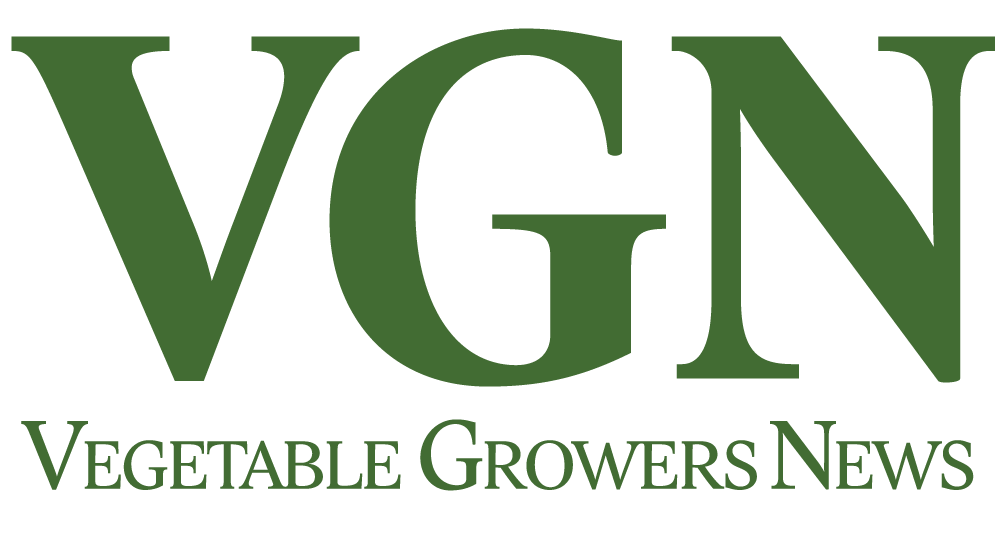Apr 3, 2025Tariff impacts to be felt by U.S. potato industry
The U.S. potato industry is bracing for impact of additional tariffs imposed by President Donald Trump.
Millions of dollars in U.S. potato exports could be in the tariffs crosshairs, especially in regard to major trading partners Canada and Mexico.
In an April 2 statement, the National Potato Council expressed optimism that the measures would remove trade barriers while also warning about potential price increases.
“Like most of agriculture, which operates on razor-thin margins, and with U.S. potato prices hovering near all-time lows, U.S. potato growers are concerned that tariffs could threaten the trade supply balance, impacting the prices of potatoes and the inputs that are required to farm,” NPC said in the statement. “Tariffs on imported essential goods, including fertilizer and crop protection tools, will likely increase the costs of items that are necessary for American farmers to grow their crops.”
Potential potato impact
Last month, Canada’s Department of Finance announced 25% tariffs on a list of U.S. goods worth $30 billion in a rapid response to 25% tariffs levied by the Trump administration March 4 on Canadian and Mexican goods. Dominic LeBlanc, Minister of Finance and Intergovernmental Affairs, said in a statement that an additional list of $125 billion in goods was open for a 21-day comment period and would be imposed “should the U.S. continue to apply unjustified tariffs on Canada.”

Potatoes appear twice on Canada’s additional list as fresh or chilled, seed and fresh or chilled, other.
The U.S. tariffs announced March 4 were paused two days later with exemptions which applied to goods compliant with the United States-Mexico-Canada Agreement and included fresh and processed potatoes.
Potato industry advocates have acknowledged that the threat of tariffs can help facilitate trade agreements while warning that permanent sanctions could threaten a supply balance that requires 20% of total U.S. potato production to be exported.
“The health of the U.S. potato industry is heavily dependent on continued access to foreign markets,” NPC said in its April 2 statement. “Approximately 20% of all potatoes grown in the U.S. are exported, in either fresh or processed form, to maintain supply and demand balance. ”
NPC CEO Kam Quarles addressed the issue during a March 7 Eye on Potatoes podcast.
“If you’re placing tariffs on imported goods, you’re placing them on inputs — like fertilizer, like crop protection tools — essential items that are necessary for American growers to purchase in order to grow a crop for the coming year,” he said.
Foreign markets
NPC expressed hope that the tariffs could bring stubborn trade issues, such as an ongoing fight for full access to the Japanese market, to a resolution.
“For example, Japan has prevented access of U.S. table stock potatoes to their market for over 30 years. We hope that the administration’s goal of reducing trade barriers will result in the expansion and complete opening of new markets, such as Japan’s fresh potato market. ”
Mexico fully opened its borders to U.S. potatoes in May 2023. The market accounted for $111 million in exports in 2022-23 and saw a 64% increase in export volume from July 2023 to March 2024. During that nine-month period, Mexico accounted for 44% of all U.S. fresh potato export volume, highest among all countries.
A 2024 NPC report authored by Michigan State University economists found that current potato and potato product exports generate $4.78 billion in economic impact and could produce an additional $1 billion and support 5,600 more jobs with “moderate and achievable expansions” in foreign markets.
Editor’s note: This story has been updated with reaction from the National Potato Council and additional stock market information.

















